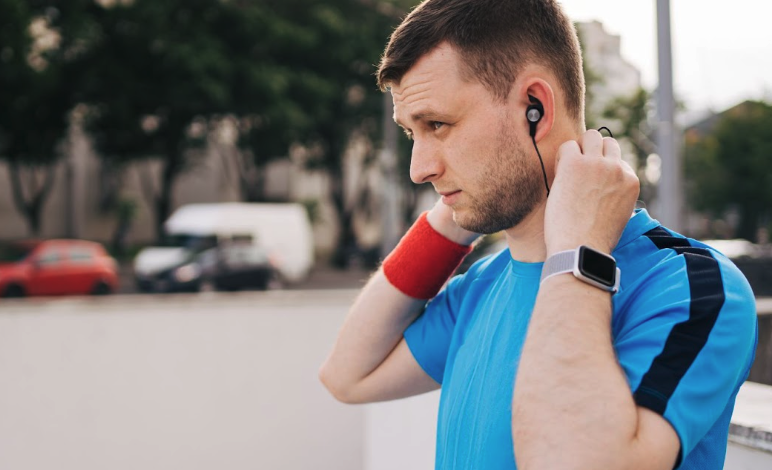Choosing hearing protection that works for ground crew pilots and mechanics

Introduction
Hearing protection is a team issue. Ground crews, pilots, and mechanics operate in loud spaces and they need solutions that match their tasks. The wrong gear can slow work, interfere with communication, or get left behind. Choosing protection that performs across roles requires looking at durability, communication clarity, and fit. Let’s break down how to select gear that actually works for mixed aviation teams.
Understand varied noise environments
Ground operations, ramp activity, and cockpit environments each have different noise characteristics. Aircraft engines, tow vehicles, and maintenance tools create broad-spectrum and impact noise. A one-size-fits-all approach fails because performance needs change by role. When selecting protection, focus on solutions proven across these conditions. The best airplane earplugs for crews address both continuous and intermittent noise without sacrificing practical use.
Durability for heavy duty use
Ground crews and mechanics are tough on gear. Plugs need materials that resist oils, sweat, and frequent handling. Rugged cases and straightforward cleaning routines help maintain hygiene and function. Durable products reduce downtime and replacement costs. Teams that choose the best aviation earplugs often prioritize models that can be cleaned quickly and retain their acoustic properties after repeated use.
Speech intelligibility in noisy settings
Communication is critical on the ramp. Protection that muffles voice commands is a hazard. Look for products designed to preserve voice frequencies while reducing harmful noise. That way, crew leaders can give clear directions and pilots can hear startup checks without shouting. The best earplugs for aircraft noise balance attenuation with intelligibility so operations remain smooth.
Fit and comfort for long shifts
Mechanics and ramp staff can be in close quarters for many hours. Comfort matters for compliance. If the plug is irritating, people will remove it, and exposure rises. Custom or well-fitted universal tips help reduce discomfort during long shifts. Fit also matters for safety when wearing additional personal protective equipment like helmets or earmuffs.
Compatibility with comms and PPE
Many teams use headsets, radios, or helmets alongside ear protection. Choose earplugs and adapters that integrate with your communication systems. Poorly matched gear creates gaps and pressure points that degrade protection. Products that mesh with existing equipment make it easy to adopt consistent protection across the whole crew.
Maintenance practices that keep protection reliable
Create simple cleaning and inspection routines that crews can follow between shifts. Replace tips when they harden or show compression. Provide storage boxes to prevent contamination. These operational habits preserve both comfort and performance and make it more likely that everyone will use the protection provided.
Training and standardization
Introduce protection as part of onboarding and daily briefings. If teams understand why a particular product was chosen, and how to care for it, compliance improves. Standardization across a fleet reduces confusion and ensures reliable communications. When a supervisor endorses a product as the best airplane earplugs for the operation, the message carries weight.
Conclusion
Choosing hearing protection for mixed aviation teams means balancing durability, speech clarity, fit, and compatibility with gear. Prioritize products tested in real operations and back them with simple maintenance and training. When crews, pilots, and mechanics use the right protection consistently, operations stay safer and communication stays clear. Invest in the best aviation earplugs that match your environment, and you will see the payoff in reduced risk and smoother work days.




